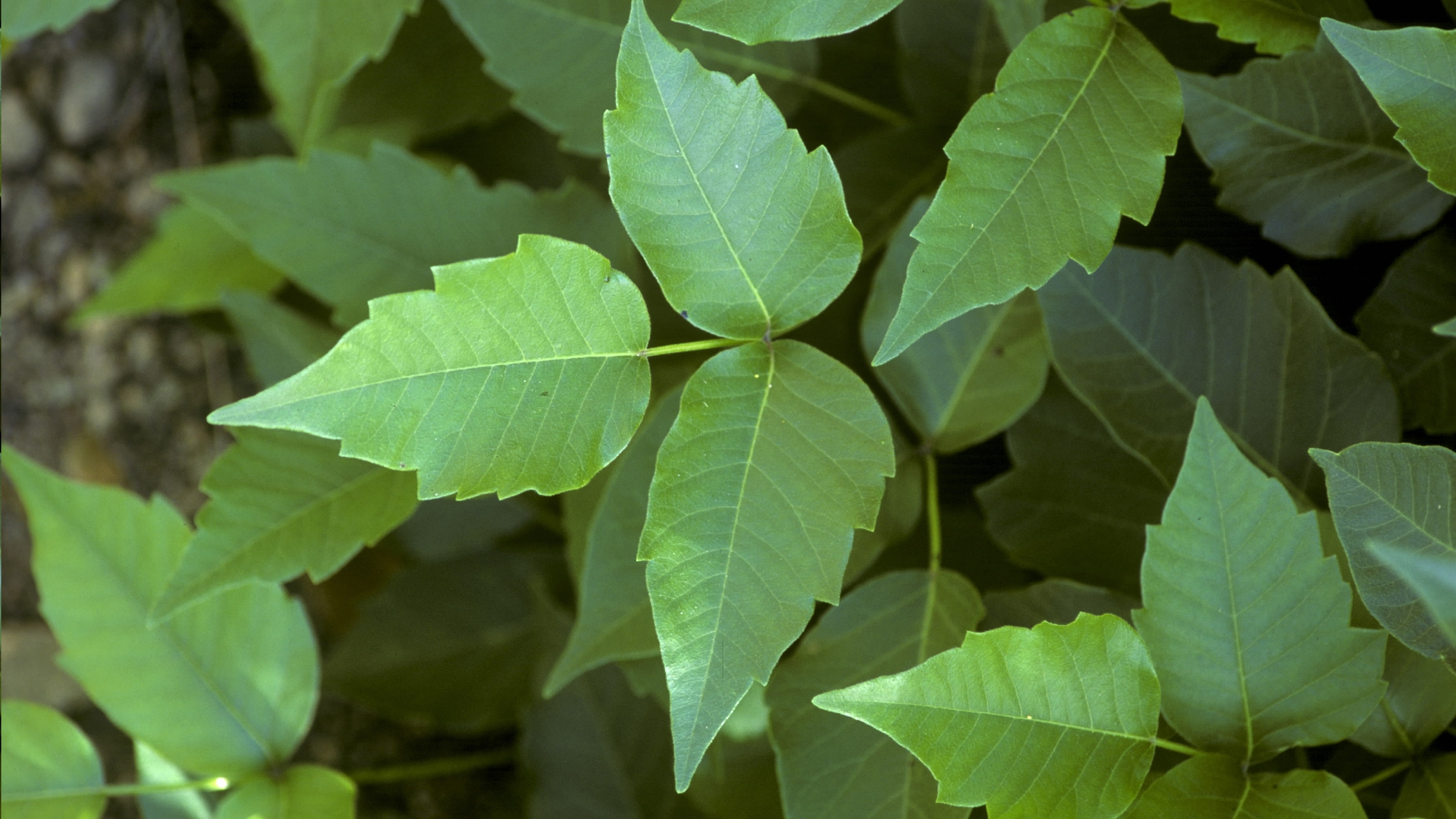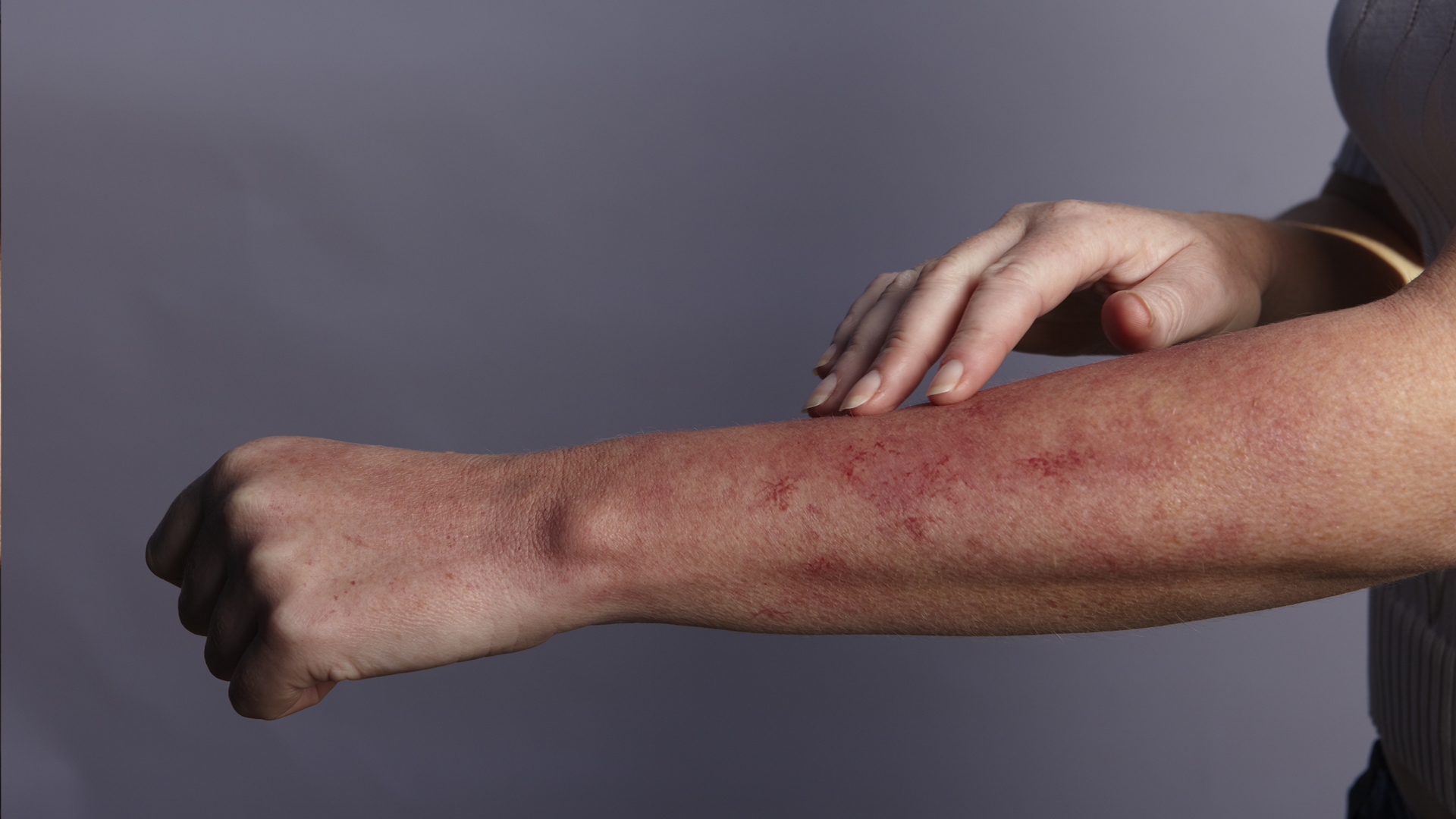Poison ivy: a guide to avoiding it and treating it
We get up close with poison ivy to help you keep this hiking hazard, and its unwelcome rash, at bay

Poison ivy is one of those nasty hazards of spending time in the wild that can rob you of weeks of your outdoor lifestyle. Just brushing up against poison ivy can result in a red, itchy rash and blisters that can take weeks to resolve, but fortunately a little knowledge can go a long way in helping you avoid it, and knowing how to treat it can limit its severity.
What is poison ivy?
First of all, what is it? Poison ivy is a flowering sub-species of poison oak common in Asia and the United States. It grows as vines or low shrubs giving it the name “ivy” but in fact it is a member of the cashew and pistachio family of plants. It contains an oily mixture of organic compounds known collectively as urushiol, which causes a nasty rash upon contact in most individuals.
While touching any part of the plant directly is the most common way to end up with a painful poison ivy rash, the oil can also transfer onto your skin via clothing, shoes and gardening equipment that have been in contact with it, as well as your dog’s fur, and it can be spread by rubbing the affected area.
Though the rash typically resolves on its own, it takes a while to do so and is extremely unpleasant, which you’ll know if you’ve ever been the unfortunate recipient of it, so it’s worth knowing what poison ivy looks like, how to avoid it and how to treat it.

Leaves of three, let it be
If you’ve spent time hiking or camping in areas where there is poison ivy, you’ll have heard the phrase “leaves of three, let it be” before. Though it’s unfortunately not the most distinctive-looking plant, there are a few distinguishing features that make it easier to identify if you’re unsure:
- The leaves grow in groups of three
- The middle leaf usually has a longer stem than the other two
- When it grows on a tree as a vine, it will have a “hairy” rope-like appearance
- In the springtime, the new leaves have a reddish appearance
- In late summer and autumn, the plant bears greyish white berries
How to avoid poison ivy
In addition to knowing how to spot poison ivy, there are some preventative measures you can take to minimize your risk. The main one is to avoid hiking through deep undergrowth, or setting up your tent in an overgrown area. Basically, stick to well-cleared trails and campsites and you’ll have the upper hand against poison ivy.
You can also reduce your exposure by covering up. When you’re hiking or running, wear long sleeves and trousers and if you’re gardening in a suspicious area, wear gloves. If you suspect any of your clothing or protective gear has become contaminated, wash it immediately.
All the latest inspiration, tips and guides to help you plan your next Advnture!
Finally, because you can get a poison ivy rash from petting your dog after it has been in contact with it, try to keep them from playing in overgrown underbrush and wash them immediately after contact.

Treating poison ivy
If you come into contact with poison ivy, a rash will most likely develop within hours. If despite your best efforts you’ve ended up with a rash and you are certain that poison ivy is the culprit, you should immediately wash the affected area with soap and water. There are also quite a few over-the-counter treatments that may soothe the discomfort. The recommendations below are not intended to be a substitute for medical advice. If you have a severe allergic reaction to poison ivy, contact your doctor.
- Aloe Vera: this is a well-known a remedy for burns and rashes and you apply it in its gel form to inflamed skin for a cooling, soothing effect.
- Antihistamines: a poison ivy rash is an allergic reaction so it can be lessened by antihistamines.
- Apple cider vinegar: some people find relief by soaking cotton wool in apple cider vinegar and applying it to the affected area for 10-15 minutes.
- Baking soda: you might also make a paste of baking soda and water and apply to affected area to relieve itching.
- Calamine lotion: it is advised by doctors to apply directly calamine directly to the skin to soothe irritation.
- Cool compresses: wrap a plastic bag of ice cubes in a wet towel and hold against the affected area for 20 minutes
- Corticosteroid creams: these anti-inflammatory preparations can be applied directly to the skin.
- Oatmeal baths: many victims of poison ivy have success with adding a cup of oatmeal to a lukewarm bath and soak for 10-15 minutes.
- Witch hazel: some people swear by soaking cotton wool in soothing witch hazel and applying it to the affected area for 10-15 minutes .
Julia Clarke is a staff writer for Advnture.com and the author of the book Restorative Yoga for Beginners. She loves to explore mountains on foot, bike, skis and belay and then recover on the the yoga mat. Julia graduated with a degree in journalism in 2004 and spent eight years working as a radio presenter in Kansas City, Vermont, Boston and New York City before discovering the joys of the Rocky Mountains. She then detoured west to Colorado and enjoyed 11 years teaching yoga in Vail before returning to her hometown of Glasgow, Scotland in 2020 to focus on family and writing.

